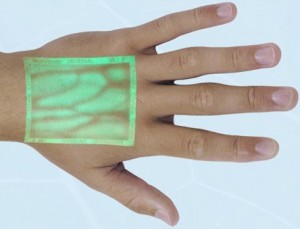This closes the loop on a story that I first noted back in July 2012.
According to police reports, Officers Gregory Martin and Jeremy Brindle entered Howard’s room in the locked-down Alzheimer’s unit and told him to enter the ambulance.
When Howard did not respond to commands, Martin unholstered his Taser and told him he would be Tased if he didn’t comply.
Brindle attempted to gain control of Howard’s arms to restrain him, and a struggle ensued. When Howard turned towards Brindle, Martin then Tased him, which caused Howard to drop to the floor.
Howard was then Tased by Martin two more times while on the ground after ordering him multiple times to roll onto his stomach. Police said Howard resisted constraint and attempted to fight them while on the floor.
Brindle then handcuffed Howard, which left a large, bloody gash on his wrist and escorted him to Duke’s Memorial Hospital. Officers said he was combative in the ambulance until his wife arrived at the hospital and calmed him down.
Howard’s wife, Virginia, ... said her husband was diagnosed with Alzheimer’s 13 years ago and doesn’t understand the simplest directions or commands like “sit down or pick up a book.”
In August 2012, the Peru, IN police department fired Gregory Martin. Martin immediately appealed his firing and the case went to court. On September 5 2013---more than a year later---the appeals court denied Martin's appeal. It's now official that Martin won't be going back to the Peru, IN police force.
I'm glad this case is finally over and that justice ultimately was served. But this case illustrates why I believe that police unions are a bad idea. In a normal business, you could fire an employee for this kind of overreaction and walk away, confident that the firing would stick. The city of Peru fired Martin and then had to fight multiple battles to ensure that the firing would stick.
This kind of long drawn process gives too much power to the police department, to our civil "servants". It mights it too costly to get rid of bad actors and makes it more likely that the bad actors stick around, causing more problems down the road.
Union defenders claim that the government unions are necessary, to protect employees against abusive employers and managers. But the city of Peru is ultimately responsible to its citizens. Police who think they are wrongly treated can make their case at the ballot box. They shouldn't be able to use the coercive power of unionization to dictate terms to the citizens who ultimately pay their salaries and employ them.
